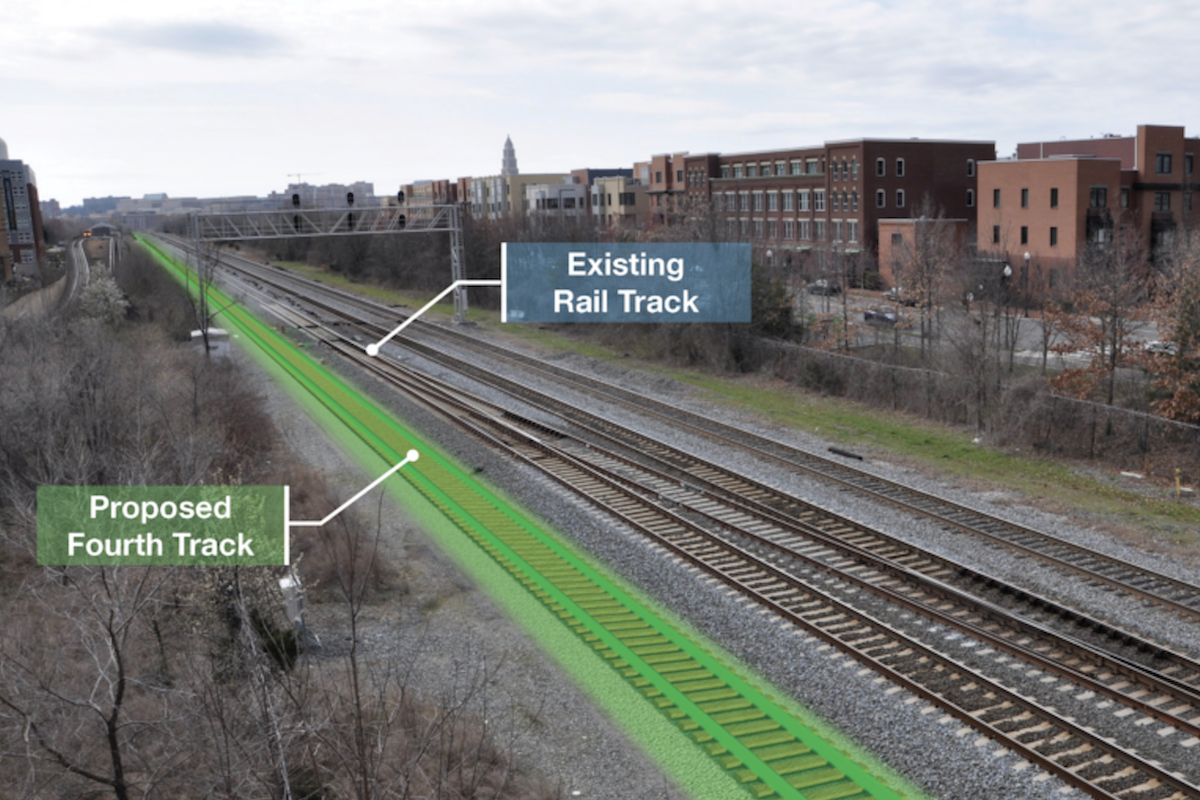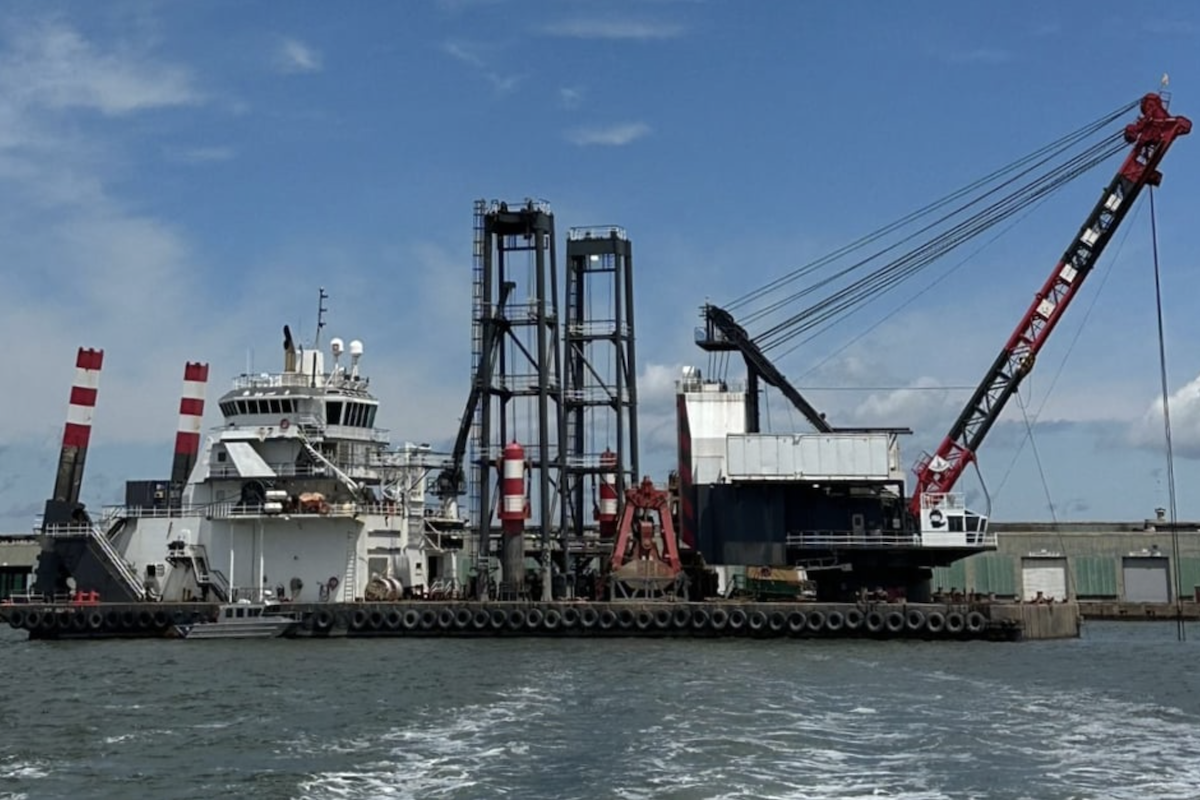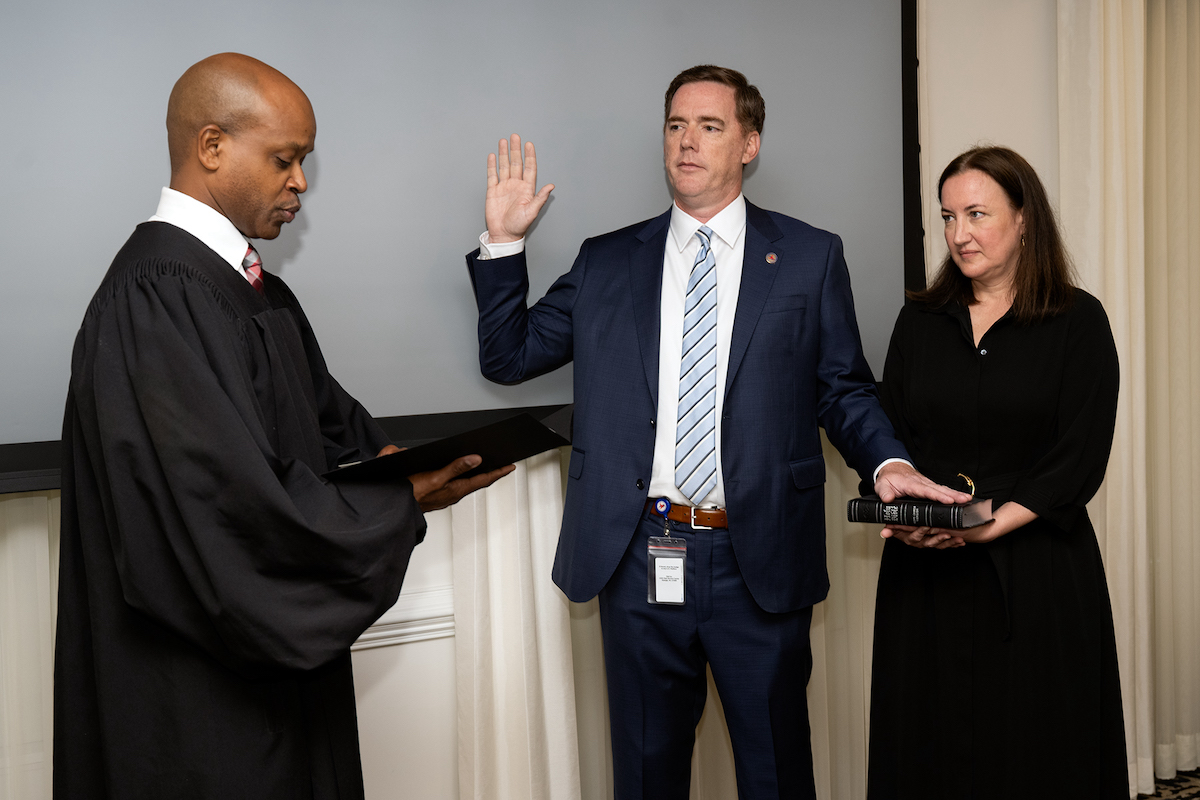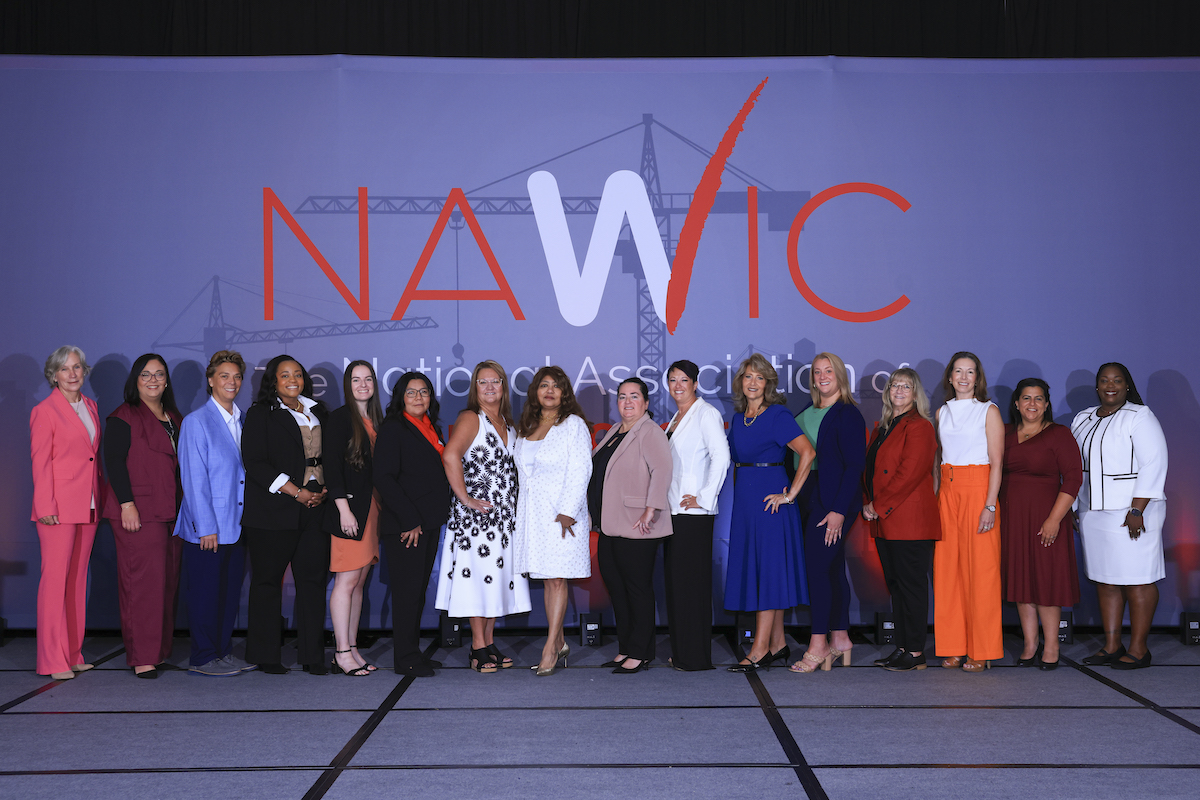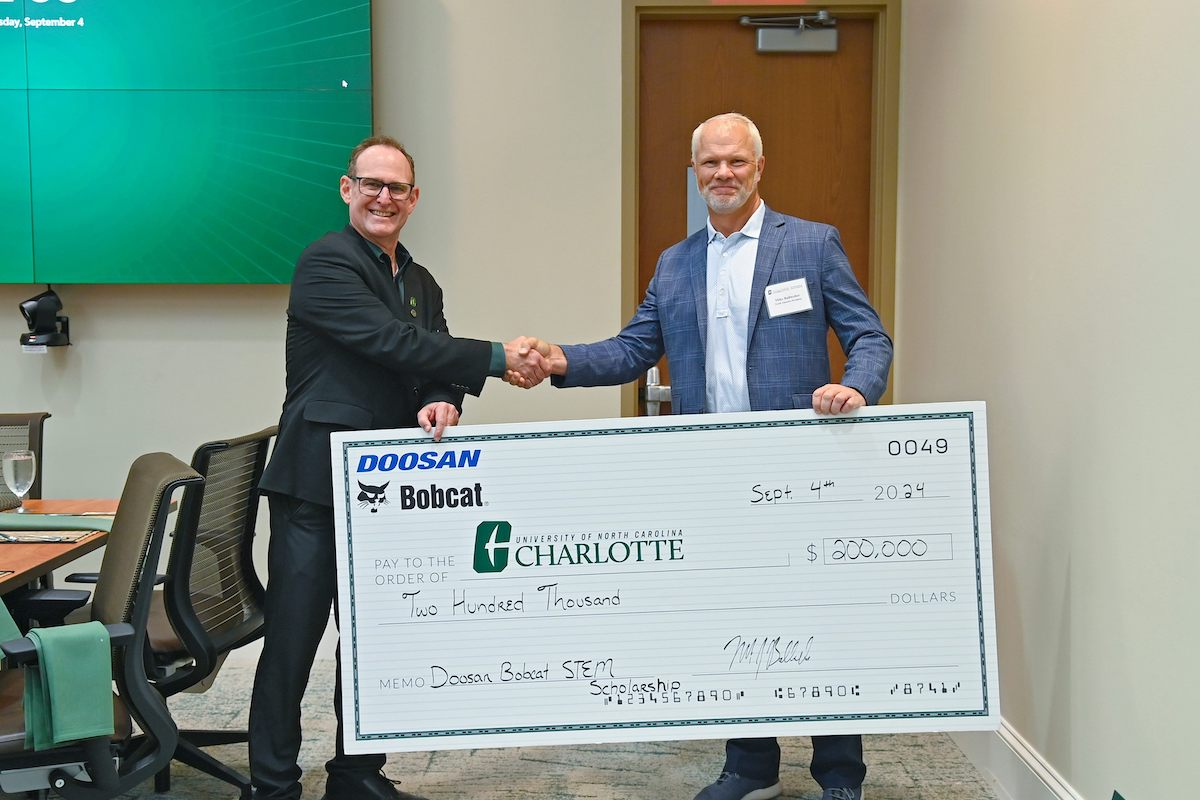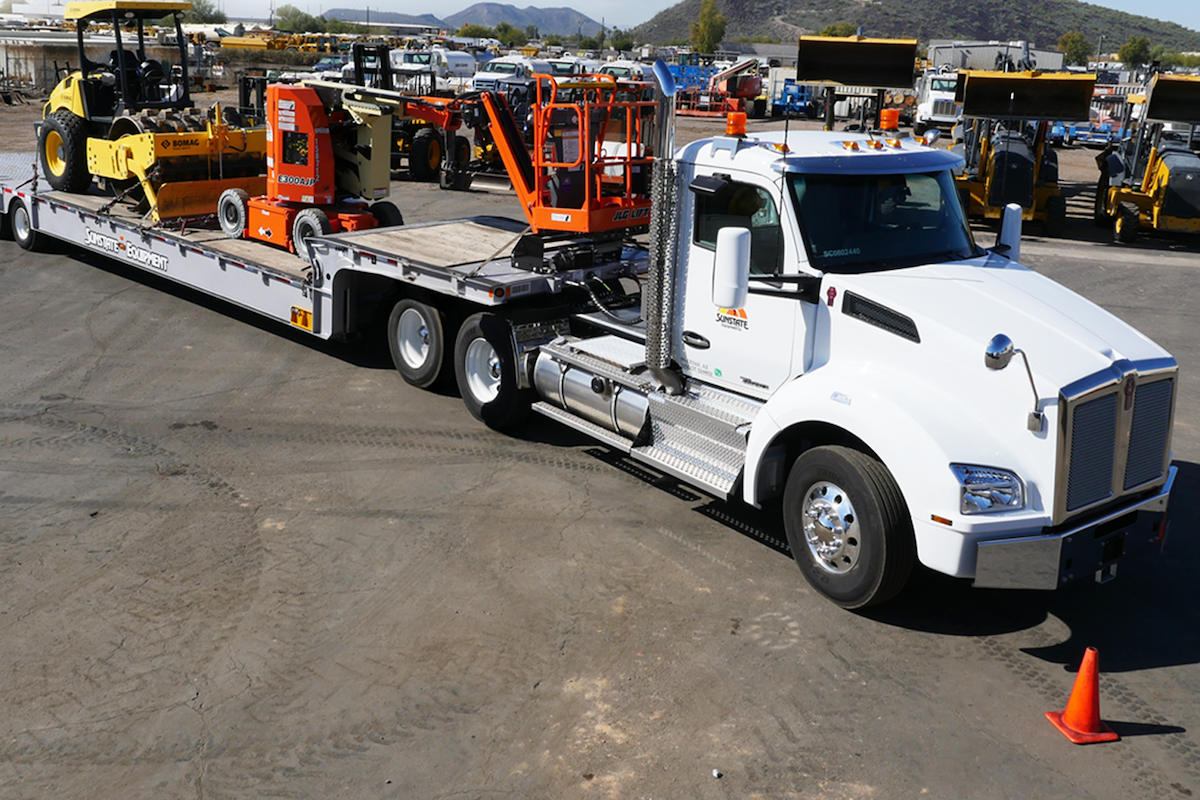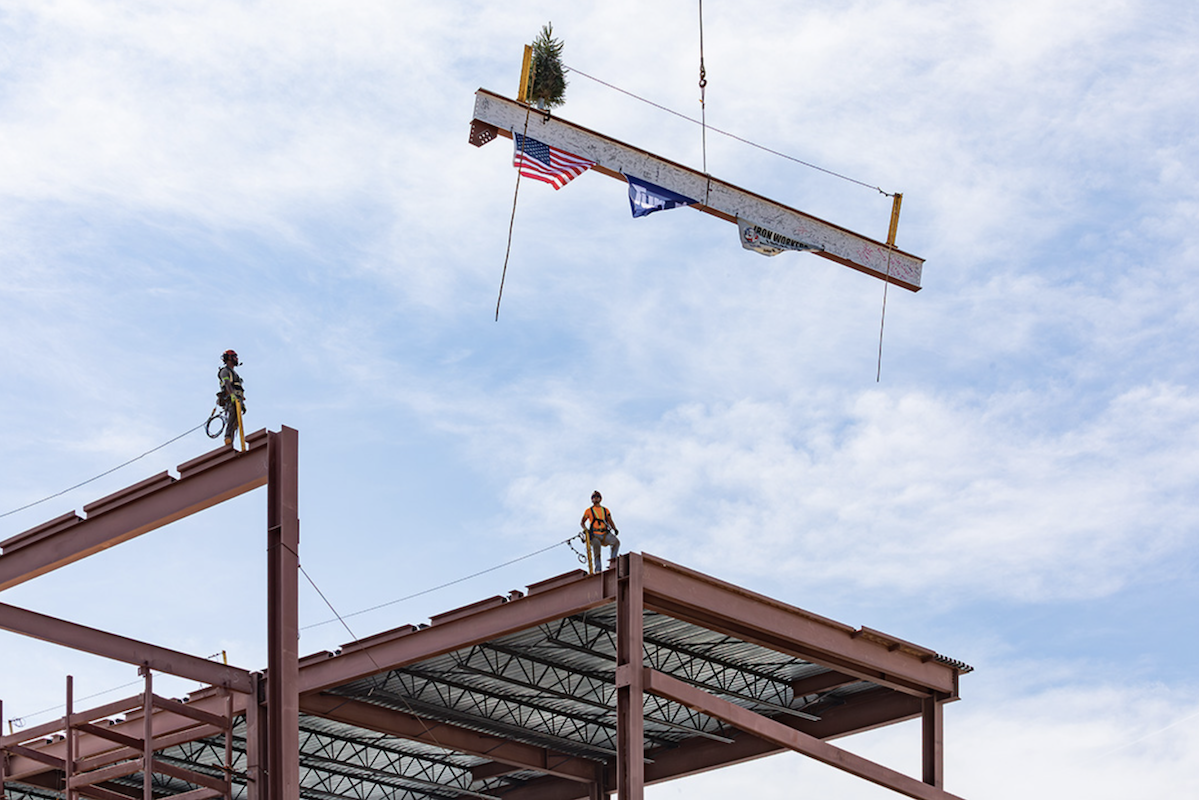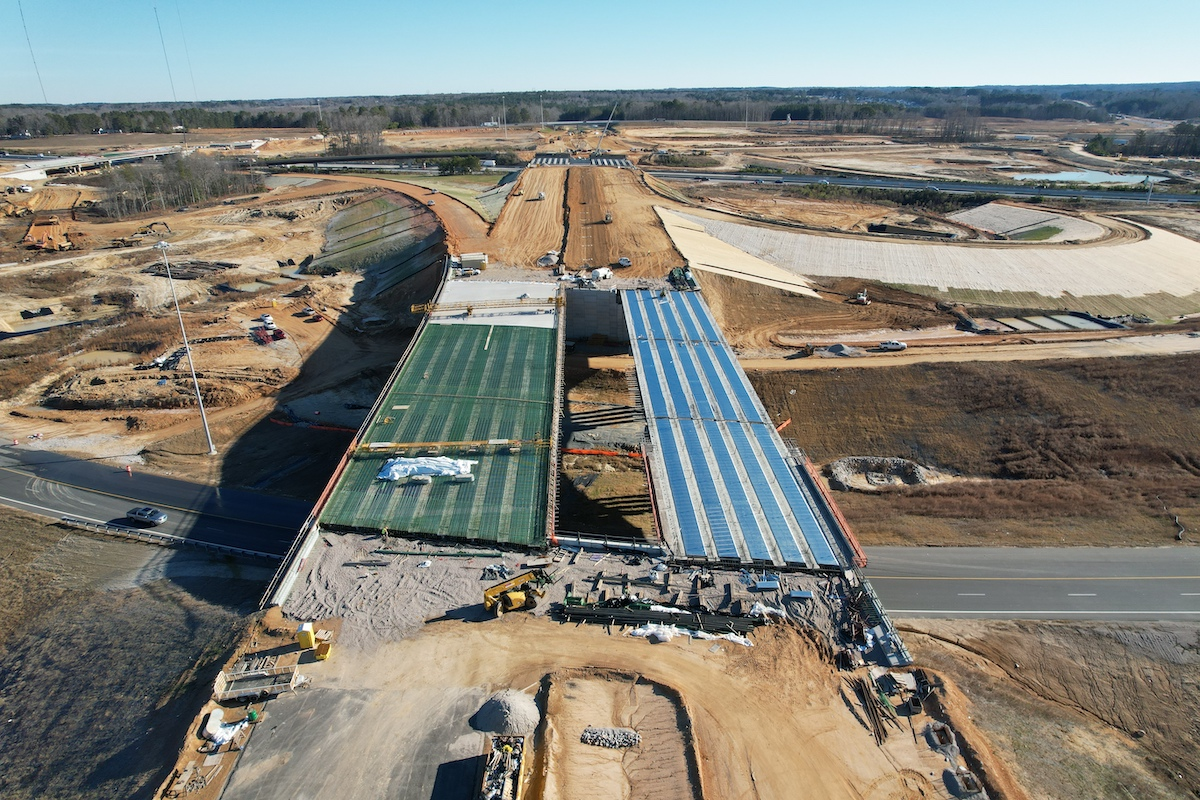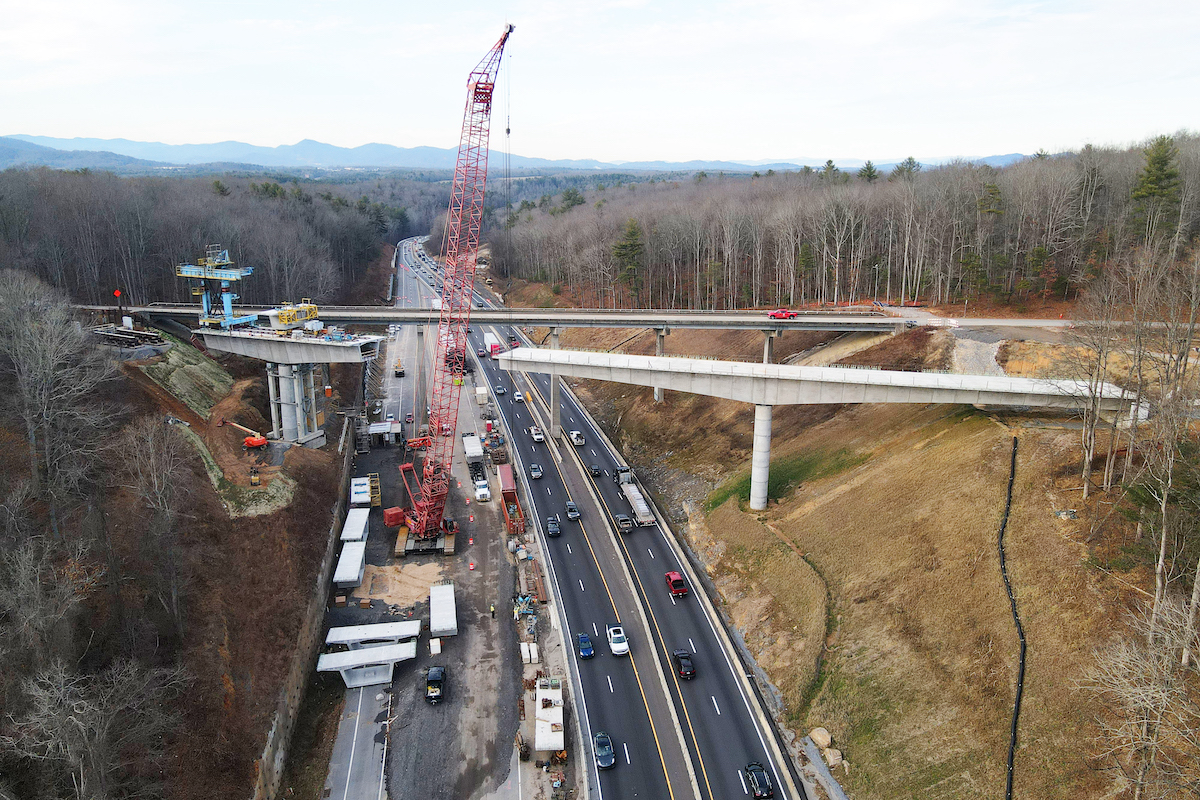The program, entitled Focus on Bridges, freed up non-traditional funds and is enabling MoDOT to address 250 bridges that are in poor condition. Each f the bridges will be either undergoing a major rehabilitation or complete replacement with the average cost of $1.4 million per project.
“One of the criterion used in selecting the structures that are part of the Focus on Bridges program is the level of importance they have to the community they serve,” says McKenna. It was also important to have bridge work going on in every region of the state. McKenna notes that many of the bridges are in rural areas and they tend to be small.
While the Focus on Bridges program is for $350 million spread out over seven years, the impact is significantly more. The $350 million that MoDOT would have needed to get the projects completed can now be applied to other infrastructure projects. In addition, the state received an $81.2 million Infrastructure for Rebuilding America (INFRA) Grant from the U.S. Department of Transportation. “The program triggered the ability to go to capital markets to get a loan for $300 million.” Add it all up, and that’s just under $1.1 billion to apply to infrastructure in Missouri.
The bridges are at Taylor Interchange where U.S. 61 and U.S. 24 meet. Highway 61 – which is known as the Avenue of the Saints since it runs between St. Louis and St. Paul, Minnesota – is a major roadway in the area. Built in the early 1970’s, the two bridges, which are having their decks rehabbed, were rated a five on a scale of 0 to 9.

| Your local Komatsu America Corp dealer |
|---|
| Linder Industrial Machinery |
“If the level of the decks would have dropped to a four, it would have cost significantly more, because then we would have had to replace the decks,” says Martin Lincoln Jr., a Resident Engineer for MoDOT. Lincoln, whose responsibilities on the project include overseeing the inspectors and reviewing the contract to ensure it is meeting specs, adds, “We’re hoping this work will let us get 20 to 30 more years out of these decks.
The bridges are vital economically as evidenced by the traffic. Trucks carrying freight make up over 30 percent of the traffic on the bridges.
In addition to each bridge receiving a new deck, there will be work done on the barrier walls. Currently, barrier walls had curb outlets to allow rainwater to run off the bridge and cascade down the side. Crews will plug the curb outlets and put new drains in the deck. “There will be a slight slope to the edges of the bridges, so water won’t pond on the bridge,” says Lincoln. Water will go through the drains and deposit on the slope protection underneath.
Working with the hydroblaster and the latex are a bit challenging. The latex modified concrete is sensitive. It cannot be put down in high temperatures. The best conditions are when it is a bit misty and the road has a saturated state for a few hours so that it is slightly wet. Once the latex modified concrete is put down, crews put wet burlap on top of the road within an hour. The concrete needs to be kept moist, so the burlap is left on the road for 72 hours to ensure the concrete is kept hydrated.
Specialized subcontractors operate the hydroblaster. If for some reason the schedule is changed, it could lead to delays before the hydroblaster is again available.

| Your local Bomag Americas dealer |
|---|
| Linder Industrial Machinery |
Each of the bridges is 47.5 feet wide, 275 feet long, and include three lanes plus a shoulder. The average daily traffic count for the northbound side is 6,200 vehicles, while the southbound side is 6,900 vehicles. Because the bridges are crucial to the area, one lane of each bridge is being kept opened during construction.
Work on the bridges began in March and is expected to be complete in August. Although the team has run into slight delays, as they found some spots underneath the original asphalt needed more work than anticipated, Lincoln still expects the projects to be completed on time. “We build in extra time in order to handle the unexpected.”
In addition, the pandemic due to COVID-19 reduced traffic volumes, which has helped construction proceed. It has also meant less congestion, which Lincoln and the team were expecting due to trucks navigating the detour to exit the bridge.
When the twin bridges are complete, “Commuters will have a nice smooth ride as compared to before where there were potholes causing drivers to slow down,” says Lincoln. It will also be a safer ride. This is exactly what Governor Parson’s Focus to Bridges program had in mind. Missouri’s infrastructure is being improved and residents all over the state are benefiting.















